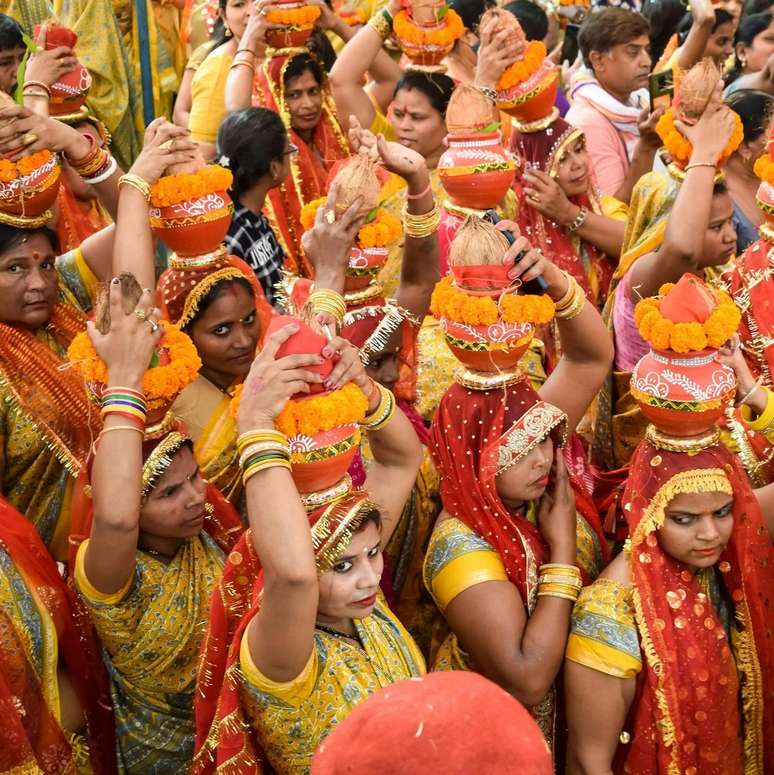
It is also the oldest parade of its kind in the world. […]
The India that Brazilian writer Cecilia Meireles saw in the 1950s is not very far from what we see today.
Streets full of people, colourful clothes, the present-past (and future?). But what really caught his attention was the Rath Yatra procession in Puri, in the state of Odisha.
Every year, this city, located on the shores of the Bay of Bengal, on the east coast of India, turns into a major pilgrimage destination, not only because of the Jagannath temple, but also because of the Hindu festival Rath Yatra, which in 2024 takes place on July 7.
“It is dangerous to come to India as an ordinary tourist. Everything here requires prior explanation. Everything here is symbolic, and this symbolism does not always meet the requests of Western aesthetics.”
,Travel History,
India of the Gods
The Rath Yatra is considered the largest and oldest carriage parade (‘ratha’, in Hindi) in the world, when thousands of pilgrims walk through the streets of this temple town to the sound of hymns and chants. The parade of three huge floats, in honour of the ‘Lord of the Universe’ Jagannath and his brothers Balabhadra and Subhadra.
As the Brazilian herself explains in the collection Travel History (Global Editora), these are huge cars, about 15 meters high, with wheels about two meters in diameter.
Decorated with flowers, paintings, statues and brass carvings, the three deities are carried in wooden carts that leave the Jagannatha Temple and make the three-kilometre-long journey along the Bada Danda (‘Grand Avenue’) to the Gundicha Temple, where they rest for a week, before being taken back.
Throughout the procession, Lord Jagannath stops at various places, such as the Mausi Maa Temple, named after his aunt, to eat his favorite dish: sweet pancakes.
The festival, which usually brings together people of all religions and castes for nine days, is the only festival in India in which the deities are removed from their original temples. In fact, the Rath Yatra is the only day of the year when non-Hindus have the opportunity to see the deities of the Jagannath Puri temple.
Another curiosity is that Jagannath is the local name given to Krishna in the state of Odisha.
Cecilia Meireles concludes, “Secular, millennial, eternal gods… the gods who will be watching all this will be watching it far better than we can see it.”





